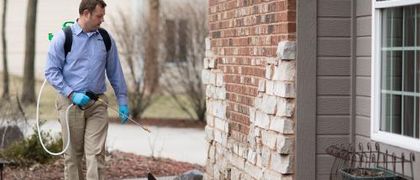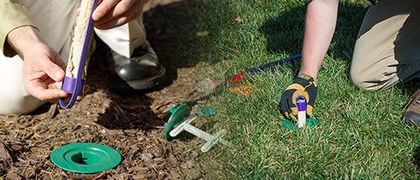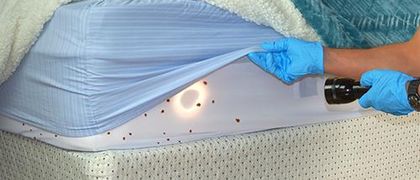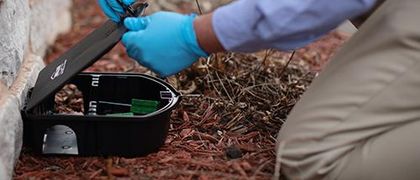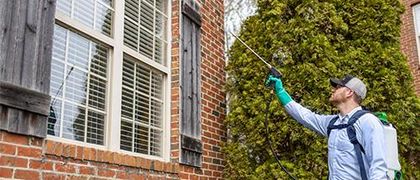Brown Marmorated Stink Bugs: Why They Invade Omaha Homes in Fall
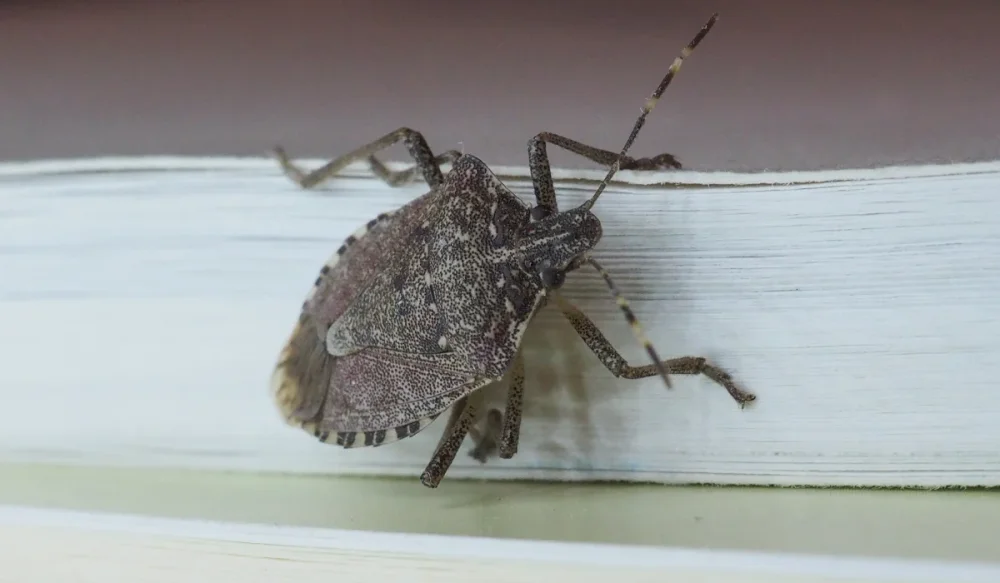
When the fall season arrives in Omaha, many homeowners start to see stink bugs inside their homes. Brown marmorated stink bugs, an invasive species found throughout Nebraska, become active in late summer and seek warm places to spend the winter.
Unlike wasps or termites, stink bugs do not bite or damage wood, but large numbers can be a significant nuisance. You may see them near windows, doors, or porch lights as cooler weather pushes them toward your home. Once inside, they hide in basements, attics, and wall gaps to wait out winter.
If you’re tired of swatting stink bugs or smelling the unpleasant odor they release when crushed, understanding their behavior is the first step toward prevention. Local pest control professionals can help keep stink bugs out before they take over your home.
Key Takeaways
- Stink bugs enter homes in Omaha during the fall to escape cold weather.
- They often hide in basements, attics, and wall voids until spring.
- Simple fixes, such as caulk and weather stripping, reduce entry points.
- Professional pest control is the most effective way to stop a stink bug infestation.
Why Stink Bugs Head Indoors in Fall
Brown marmorated stink bugs stay outdoors during warm months. By late summer, activity ramps up as cooler days approach.
In September and October, many Omaha homeowners see sudden stink bug invasions as the bugs search for shelter. Their flat bodies allow them to slide through narrow gaps around siding, door frames, and windows. Inside, they hide until spring, then come out to search for food.
They do not eat wood, but large numbers can still become a frustrating infestation.
Common Entryways and Hiding Spots
Most stink bugs enter through small gaps that you may overlook. Openings around attic vents, chimneys, and soffits can let dozens in at once. Porch lights attract them at night and draw them to doors and windows.
Indoors, they gather in basements, wall voids, and even behind curtains or picture frames. They do not harm your house, but infestations make living spaces uncomfortable, especially when crushed bugs release a strong odor.
Prevention Steps for Omaha Homeowners
You can take simple steps to keep stink bugs out in the fall. Seal cracks with caulk and add weather stripping to doors and windows. Repair torn screens and seal gaps around entryways.
Turn off porch lights or switch to yellow “bug lights” to reduce activity near your doors. If bugs keep showing up, many residents call professional pest control in Omaha for longer-lasting results.
Professional Pest Control Solutions
DIY steps can help, but they often do not eliminate a full infestation. A professional exterminator inspects your home, finds hiding spots, and treats problem areas with the right tools and methods.
At Miller Pest & Termite, we offer customized plans for stink bug infestations in Omaha and nearby areas. We also provide termite control for Omaha’s homes, wasp control, and year-round protection plans.
With expert help, you can effectively remove stink bugs and maintain a comfortable home throughout the winter.
Making the Right Choice for Stink Bug Control in Omaha
Each fall, Omaha homeowners encounter stink bugs seeking a warm place to hide. Even a few can quickly turn into an ongoing problem if they find their way inside.
At Miller Pest & Termite, we provide targeted treatments that keep stink bugs out and protect your home through the colder months.
Contact us today to schedule your inspection and enjoy a pest-free home this season.
FAQs
Why do stink bugs smell bad?
Stink bugs release an unpleasant odor from scent glands on their abdomen when threatened. This smell deters predators but lingers in homes after people crush the bugs.
Are stink bugs harmful to my house?
Unlike termites or wasps, stink bugs don’t damage wood or sting. Their main impact is the odor they produce and the annoyance of having many inside during the winter months.
How do professionals get rid of stink bugs?
Professional pest control focuses on sealing entry points, treating hotspots, and applying safe pest management techniques that remove current infestations and prevent future stink bug activity.
Get Help Now!

